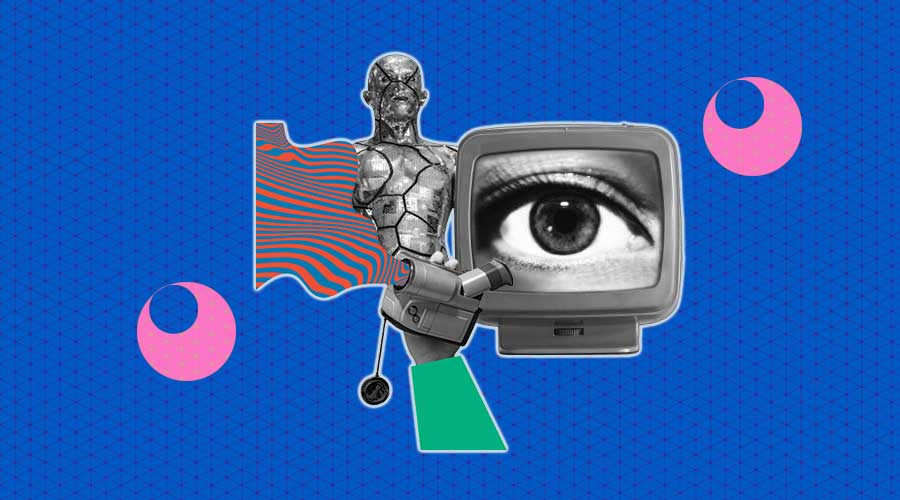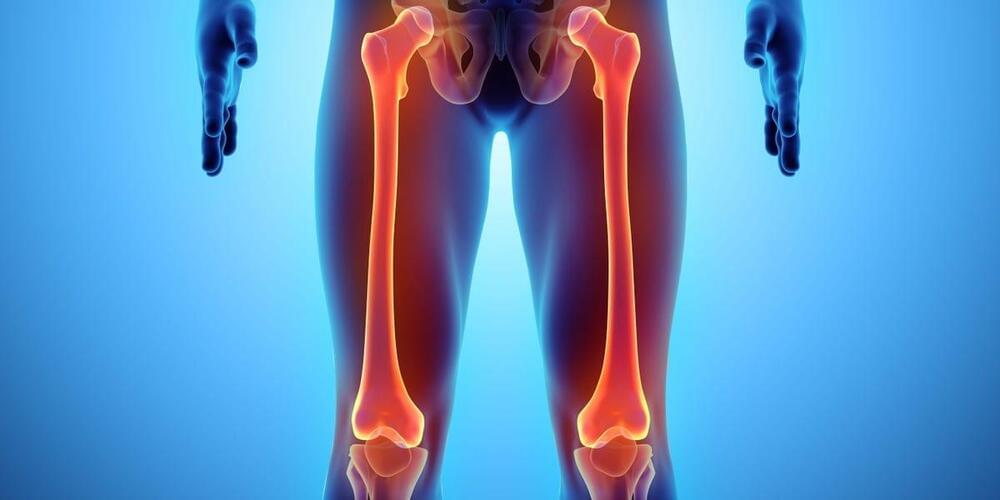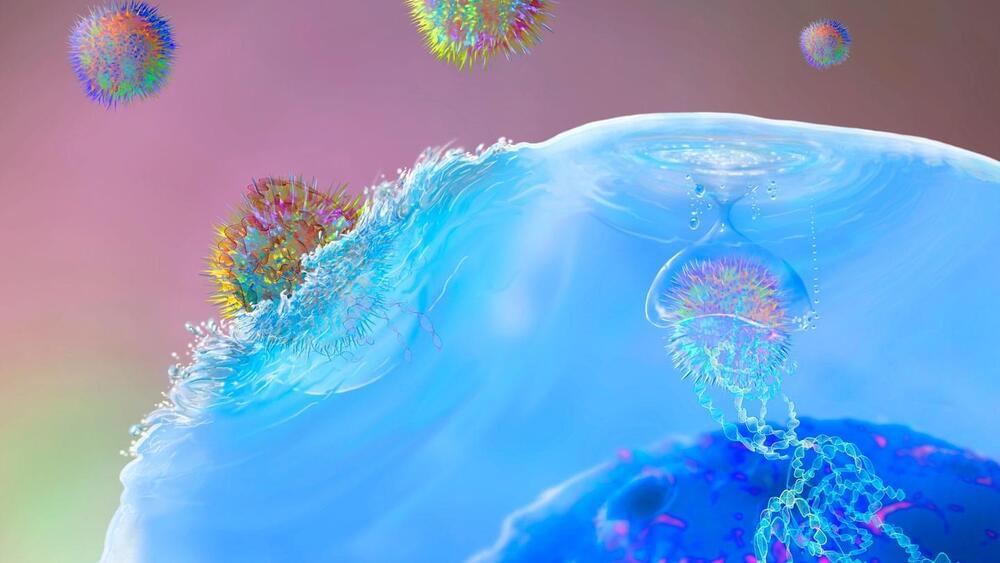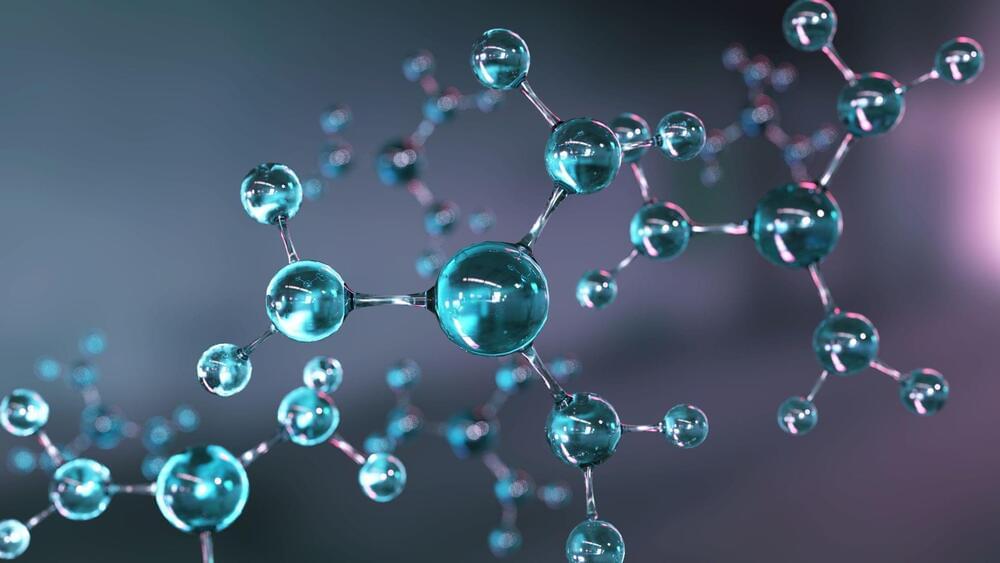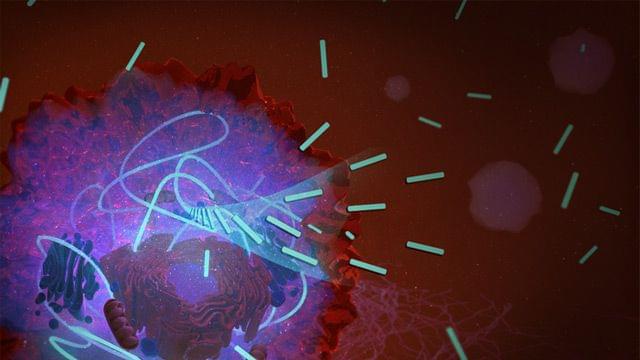The resulting artwork has its own particular aesthetic, defined by swirling shapes and incoherent objects. The real magic, though, is that no matter what you type, the app will generate something visually compelling (at least until we get too used to these toys) and that matches your prompt in often surprisingly opposite ways.
UK-based robotics company Engineered Arts just gave an ultra-realistic-looking humanoid robot Ameca a voice. Ameca is the world’s most advanced human-shaped robot representing the forefront of human-robotics technology. In a new video, the company showed off Ameca having a conversation with a number of the company’s engineers, courtesy of a speech synthesizer and OpenAI’s GPT 3, a cutting-edge language model that uses deep learning to generate impressively human-like text.
